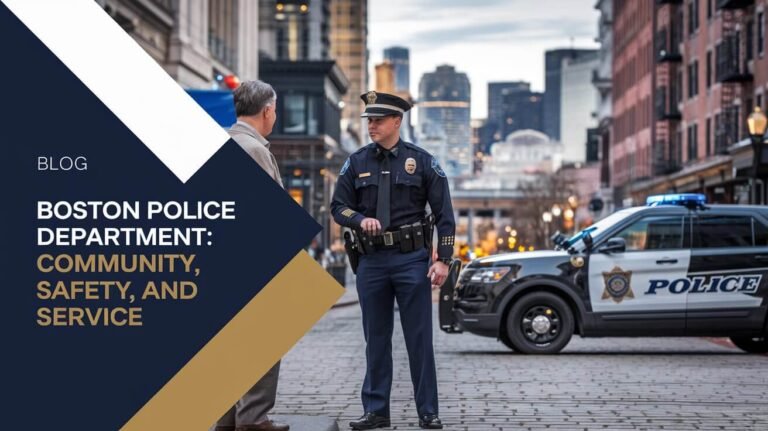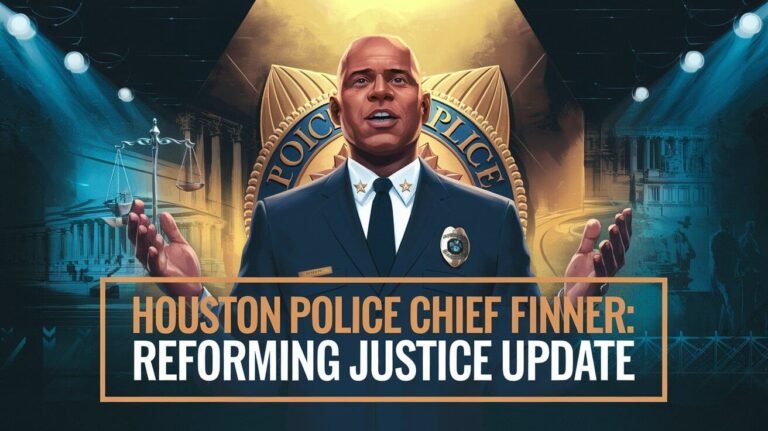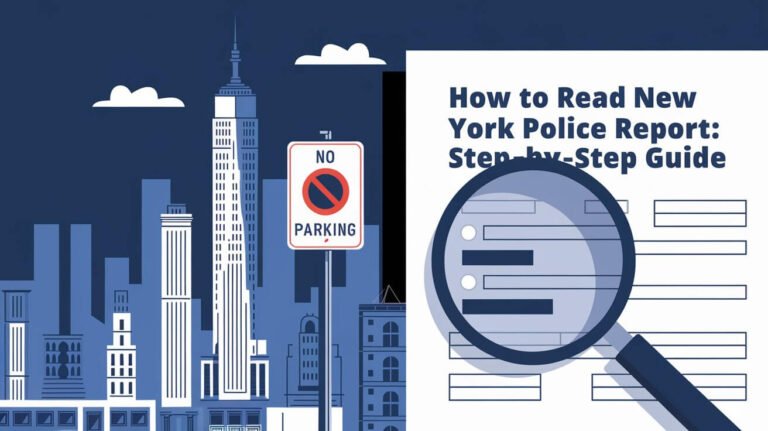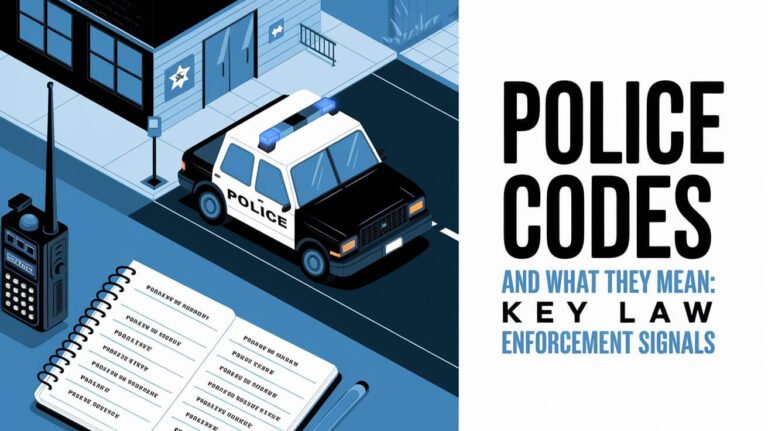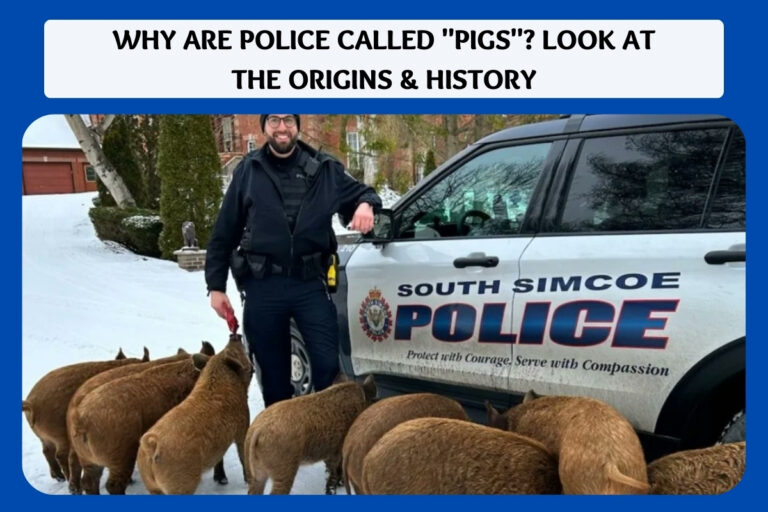The Controversial Arrest of Rudy Ornelas by Sacramento Police
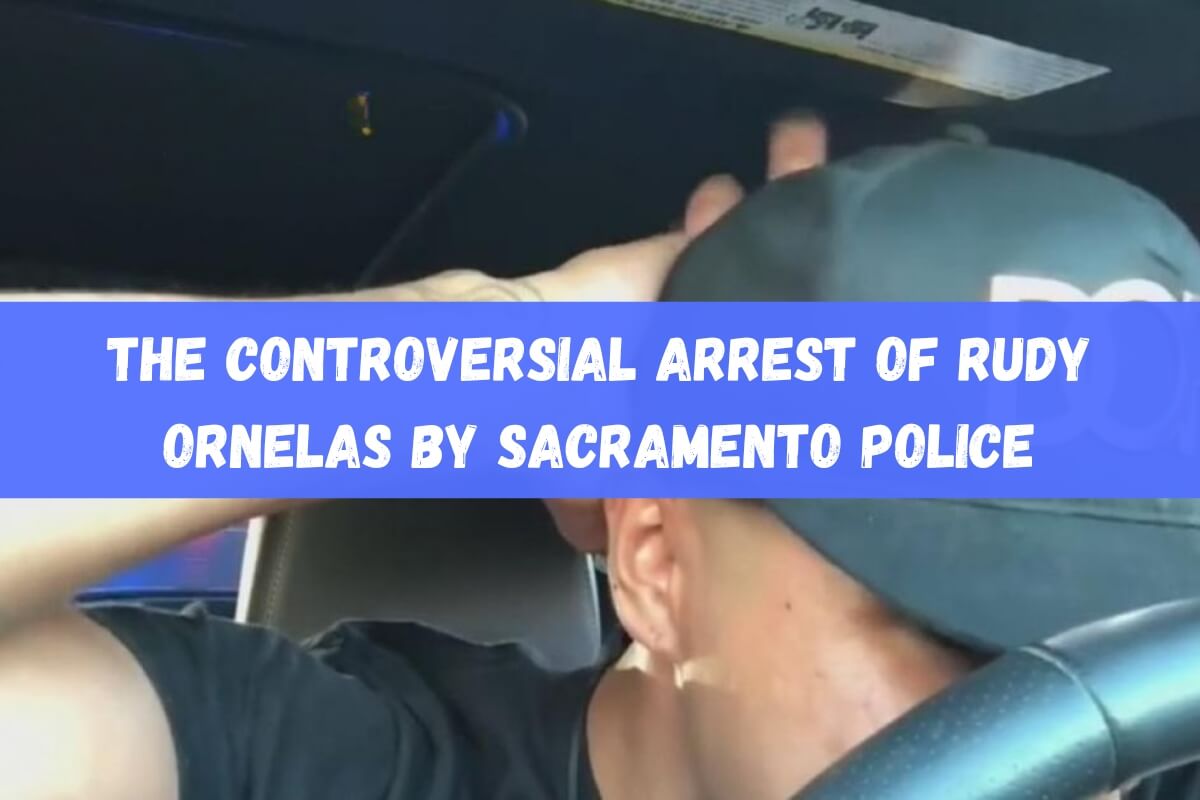
In recent years, incidents involving police conduct during arrests and traffic stops have sparked heated debates and calls for reform across the United States. One such high-profile case unfolded in Sacramento, California, thrusting a local barber named Rudy Ornelas into the national spotlight after a tense encounter with officers was caught on video.
So what exactly happened between Rudy Ornelas and the Sacramento police?
The highly publicized 2018 incident began as a routine traffic stop for minor vehicle violations but quickly escalated when officers drew their firearms on Ornelas after he disclosed having a registered gun in his trunk. The viral video shows the controversial arrest playing out, with conflicting accounts emerging over whether the officers’ actions were justified.
In this detailed blog post, we’ll provide an in-depth examination of the Rudy Ornelas arrest, breaking down the key events, analyzing the legal proceedings that followed, exploring the public debates around the appropriate use of force, and looking at the broader impacts of the case had on police policies and public perceptions.
What Happened During the Traffic Stop?
The incident began in November 2018 when Sacramento police officers pulled over Rudy Ornelas for having tinted windows and a missing front license plate on his vehicle. According to reports, Ornelas showed the officers a “fix-it” ticket for the violations.
The situation became tense when Ornelas mentioned having a registered firearm in his car trunk. An officer drew her gun and aimed it at Ornelas’ head as he hesitated to exit the vehicle, citing safety concerns.
The tense moments were captured on video, which Ornelas released publicly months later after initially being charged with numerous crimes stemming from the encounter. The viral footage showed Ornelas and the officers engaged in a heated argument, with the officer keeping her weapon trained on him as he adamantly questioned the reason for the escalating situation.
Rudy Ornelas’ Version of Events
In the aftermath of his arrest, Rudy Ornelas maintained that the officers overreacted and conducted an illegal search of his vehicle without proper justification. He claimed the mere fact he had a legally owned firearm properly stored in his trunk did not warrant the officers drawing their weapons on him.
Ornelas contended that having a gun pointed at his head during the traffic stop for minor violations was an excessive and unjustified use of force. This perspective formed the basis for his decision to release the viral video months after the incident, once the majority of the initial charges against him were dropped due to the vehicle search being deemed illegal.
The Police Perspective
Defending the officers’ actions, former Sacramento County Sheriff John McGinness reviewed the video footage and stated that the police “played the traffic stop by the book.” McGinness cited several key reasons why the situation escalated:
- Ornelas failed to immediately comply with orders to exit the vehicle.
- He disclosed having a firearm in the trunk, prompting safety concerns.
- The officers had a lawful reason to detain and remove Ornelas from the car.
From the law enforcement perspective, Ornelas’ reluctance to follow direct orders and the presence of a firearm, even if legally owned, justified the use of drawn weapons until the situation could be properly controlled and assessed.
Breaking Down the Legal Proceedings
In the immediate aftermath, Rudy Ornelas faced numerous charges filed by prosecutors related to the traffic stop incident. However, many of those initial charges were eventually dismissed due to the court ruling that the search of Ornelas’ vehicle was illegal.
Ornelas and his legal team won a legal victory as most charges were dropped. He still faced some firearms charges for the legal gun found in his trunk, but the dismissal of other counts was a success against the officers’ actions.
Use of Force Controversy
The viral video and Ornelas’ charges sparked widespread public debates around whether the Sacramento police officers’ decision to draw their firearms was an appropriate and justified use of force given the circumstances.
Law enforcement training experts were divided on the issue, with some defending the pointed gun as a precautionary measure when dealing with an armed civilian who was reluctant to follow orders during a traffic stop. However, others argued that drawing a weapon instantly escalated the situation unnecessarily over a mere vehicle violation.
Ornelas’ legal team framed the officers’ conduct as a dangerous overreaction that violated their client’s rights and put his life at risk over a minor traffic stop where he had committed no violent crimes. The conflicting perspectives fueled larger conversations about police training, tactics, and what constitutes reasonable use of force.
How Did the Case Ultimately Resolve?
After a legal process spanning over two years from the initial 2018 arrest, Rudy Ornelas was ultimately convicted in 2020 on three charges stemming from the incident:
- Attempted murder
- Possession of a firearm by a felon
- Assault with a semiautomatic firearm
He was sentenced to 45 years in prison after a jury also found the allegation that he had intentionally discharged a firearm.
While Ornelas was acquitted of premeditation, the lengthy sentence highlighted the serious criminal charges he still faced related to the gun found in his trunk during the traffic stop, separate from the initial use of force controversy.
Analyzing the Conflicting Accounts
At the crux of the Rudy Ornelas vs Sacramento police case were the starkly contrasting accounts provided by the two parties involved regarding the traffic stop events:
Ornelas maintained he was illegally detained at gunpoint simply for disclosing he had a registered firearm locked in his trunk during a stop for minor vehicle violations. He portrayed the officers as dangerously overreacting and escalating the situation through excessive force.
Conversely, the police defended their actions as following proper protocols and safety procedures once Ornelas revealed he possessed a firearm and then refused initial orders to exit his vehicle. They argued drawing their weapons was a justified response to control a potential threat.
These conflicting testimonies, combined with the distressing viral video, made the incident so divisive and emblematic of larger issues around police enforcement tactics and de-escalation.
Other High-Profile Police Incidents in Sacramento
The Rudy Ornelas arrest was not an isolated incident in Sacramento that sparked controversy and calls for reform around police policies and conduct. Other high-profile cases in the area also garnered national attention:
- The 2018 police shooting of Stephon Clark, an unarmed black man, led to major protests and a scathing rebuke of the department’s use of force policies.
- In 2020, further unrest followed the arrest of a male who was repeatedly struck by Sacramento officers, reigniting debates around excessive force.
- The aggressive detention of a young male seen on video in 2022 prompted fresh accusations of racial profiling and police militarization in the city.
As these and other incidents demonstrate, the Rudy Ornelas case was part of a broader pattern in Sacramento that necessitated serious evaluations of police training, accountability, and community relations when it came to de-escalation and use of force.
In many ways, the viral traffic stop video and polarizing perspectives surrounding Ornelas’ treatment came to symbolize the rifts between law enforcement and the public they serve. While the legal process addressed the specific criminal charges, the larger issues it represented remained an ongoing challenge.
Broader Impacts of the Case
Beyond the individual legal outcome for Rudy Ornelas, his highly-publicized arrest reverberated throughout the Sacramento region and policing policies. The viral video and conflicting narratives surrounding the traffic stop added fuel to ongoing calls for reform of police training, accountability measures, and use of force protocols.
In the years since the 2018 incident, Sacramento law enforcement officials have been pressed to address concerns over de-escalation tactics, racial profiling, and excessive militarization that the Ornelas case helped bring to the forefront.
Independent reviews were conducted into the Sacramento Police Department’s policies, with recommendations made for additional training on defusing tense situations, avoiding unconscious bias, and exercising prudent judgment over when to escalate to lethal force options.
The Ornelas arrest, along with other high-profile incidents like the Stephon Clark shooting, galvanized local activists, community leaders, and some elected officials to actively push for tighter oversight and transparency from law enforcement agencies in the region.
The Rudy Ornelas case highlighted the need for police accountability and sparked change in Sacramento. It prompted law enforcement to review their practices and work to build trust with the public during everyday interactions.
Final Thoughts
The controversial arrest of Rudy Ornelas by Sacramento police officers took a routine traffic stop and transformed it into a viral flashpoint that exposed deep divisions in perceptions of law enforcement conduct and appropriate use of force. From a seemingly minor vehicle violation to firearms being drawn, conflicting accounts quickly turned the incident into a legal quagmire.
As the criminal proceedings played out over the years, public debates raged over whether the escalating tactics employed by the officers were justified responses or dangerous overreactions. The starkly different perspectives reflected larger societal rifts that have plagued police-community relations for decades.
Ornelas’ convictions did not reduce the public’s outrage and demands for reform sparked by the viral video and arrest circumstances. The conflicting narratives surrounding his treatment added to ongoing conversations around de-escalation, racial bias, and justified policing.
The Rudy Ornelas vs Sacramento police case demonstrated that even a seemingly routine civilian encounter could become inflamed and divisive based on subjective perceptions of law enforcement actions on both sides. As cameras increasingly capture such moments, law enforcement policies and training have been forced to evolve to meet public expectations and regain community trust.
Moving forward from controversies like Ornelas’ arrest, striking the right balance between public safety and personal rights remains an ongoing challenge that requires a continued commitment to accountability, transparency, and judicious use of force from those sworn to serve and protect. Only by directly addressing the root issues can incidents like this become catalysts for positive change rather than perpetual divisiveness.

